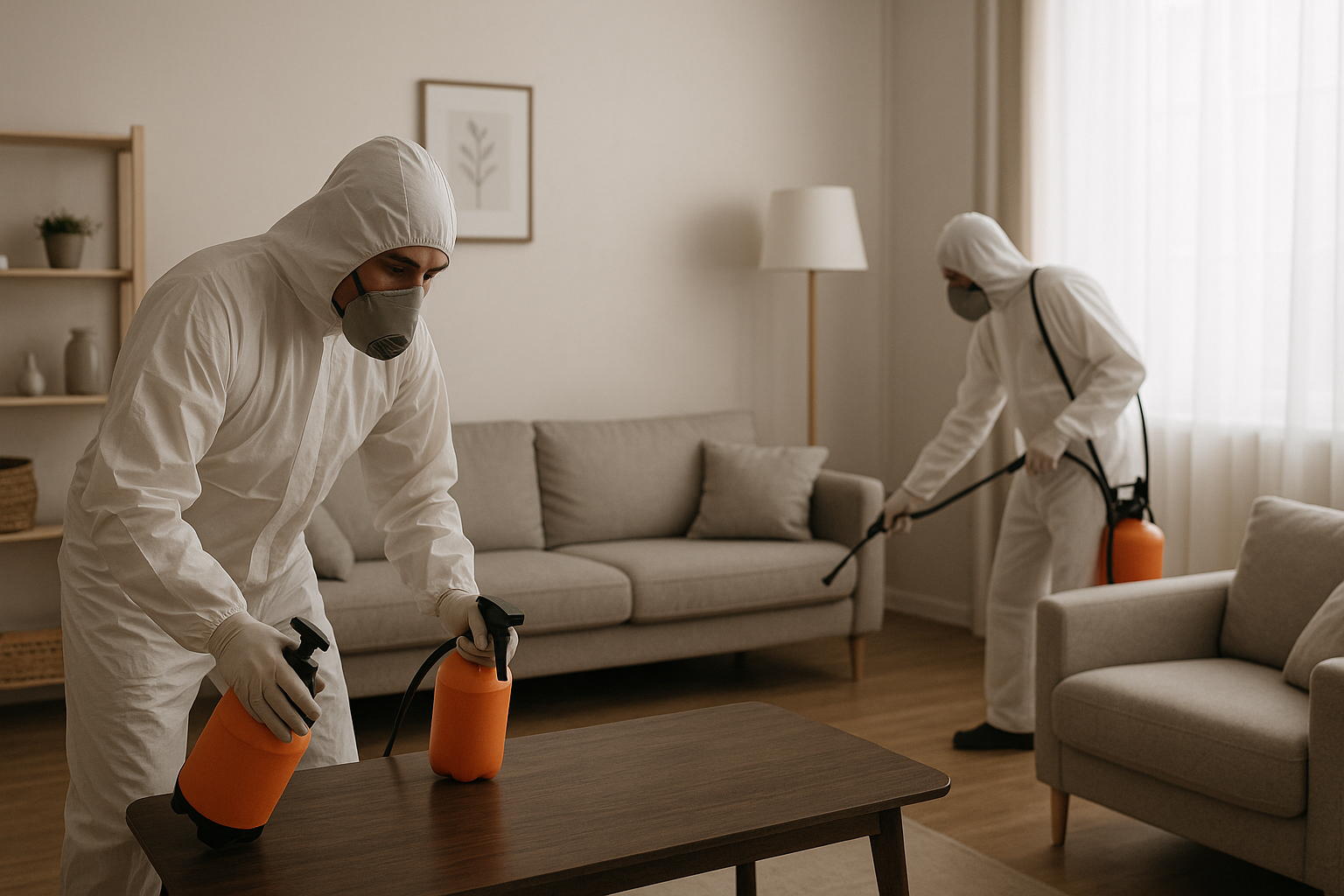After a traumatic event, most people are left with more questions than answers. One of the most confusing and stressful questions is this: who pays for the cleanup?
Whether it’s a suicide, homicide, unattended death, or serious accident, the cleanup that follows is not typically covered by police or public health agencies. Instead, the responsibility often falls to the property owner or next of kin. But that doesn’t mean you have to pay entirely out of pocket.
Understanding what costs to expect and what insurance may cover can ease a major burden at a time when you’re already overwhelmed.
Is Crime Scene Cleanup Covered by Insurance?
In many cases, yes. Most homeowners and renters insurance policies include some level of coverage for biohazard or trauma scene cleanup, even if the death did not occur naturally.
Typical covered scenarios may include:
-
Suicide or attempted suicide
-
Homicide or violent crime
-
Unattended death with decomposition
-
Accidental injuries involving blood or bodily fluids
-
Vandalism involving biological contamination
Each policy is different, so it’s critical to contact your insurance company as soon as possible and ask directly about biohazard or trauma cleanup benefits.
What’s Usually Required for a Claim?
To qualify for coverage, most insurers will ask for:
-
The incident report (often from police or emergency responders)
-
A description of the scene
-
Photos or documentation of the damage
-
An invoice or estimate from a certified cleanup provider
It’s a good idea to hire a professional cleanup company that’s experienced in working with insurers. Many will help you navigate the process, submit required paperwork, and even speak directly with adjusters on your behalf.
What Costs Are Typically Covered?
If your policy includes biohazard cleanup coverage, it may reimburse you for:
-
Removal and disposal of biohazardous materials
-
Disinfection and odor removal
-
Structural repairs or replacement of contaminated materials
-
Service call fees or labor charges
-
Damage to personal property or furnishings
However, policies may have coverage limits, exclusions, or deductibles, so you should clarify exactly how much the insurer will pay and under what conditions.
What If It’s Not Covered?
If your insurance does not cover the cleanup, or if you’re uninsured, the full cost becomes your responsibility. Trauma and biohazard cleanup services typically cost between $1,500 and $10,000, depending on the extent of contamination, the number of rooms affected, and whether structural damage or deep restoration is required.
If this presents a financial hardship, there are a few options to explore:
-
Victim compensation programs
Many states offer financial support for victims of violent crimes, including cleanup costs. These are usually managed through the state attorney general’s office or a victim services division. -
Charitable organizations
Some nonprofits help cover unexpected trauma-related costs for families in crisis. Look for local grief support organizations, crisis response nonprofits, or church-affiliated groups. -
Payment plans
Reputable cleanup companies may offer flexible payment plans or delayed billing to help families avoid financial strain.
Who Should You Call First?
Here’s the recommended order of steps:
-
Call your insurance provider to ask about biohazard cleanup coverage
-
Document the scene safely with photos, but do not attempt cleanup yourself
-
Contact a certified trauma cleanup company as soon as possible
-
Request an estimate and ask if they work with your insurer
-
Submit your claim and follow up with documentation as needed
The cleanup company can often handle much of the coordination, especially if they have experience dealing with insurance adjusters.
What Not to Do
-
Don’t assume the police will take care of it. Once the investigation is over, cleanup becomes a private matter.
-
Don’t try to clean it yourself. Bloodborne pathogens can pose serious health risks, and improper cleanup may void insurance coverage.
-
Don’t delay. The longer biological materials sit, the more expensive and hazardous the situation becomes.
Final Thoughts
The aftermath of a traumatic event is hard enough without having to figure out how to afford the cleanup. The good news is that help is often available, and with the right support, you may not have to carry the financial burden alone.
Professional trauma scene cleanup is about more than restoring a space. It’s about helping families regain a sense of control and dignity in a moment when both feel impossible.
If you have feedback, questions, or ideas for future articles or Information Hubs, please contact us. Your insights help us create valuable content.


